Fresh juices and smoothies are often spoken of in the same breath. Superficially they are very similar; both colourful cocktails, good veg box user-uppers, and tasty shortcuts towards your 5-a-day. But from a culinary perspective, they’re wholly different beasts.
Even within the world of smoothies, there are vital distinctions: the drinks that can be created in standard blenders are entirely different to the blitzes produced by highly powered drink machines.
If you’re looking to eat more veg, fresh organic drinks are a good place to start. Here’s our handy guide to the virtues of each method, to help you get the most from every glass.
Juicing
When you think of juice, you might think of fruit first and foremost. You can stick to all-fruit blends if you have a very sweet tooth, but many vegetables also produce tasty juices – and their complex flavours will allow you to create far more satisfying mixes.
From beetroot to broccoli, most veg can be juiced; all it takes is the right complementary flavours to make them sing. Earthy roots or bitter greens will reveal their charms when combined with sweet fruit, a squeeze of sharp citrus, and perhaps some aromatic fresh herbs or spices.
Juicers extract flavoursome, vitamin and mineral-rich liquid, and leave the pulp of your fruit and veg behind. Losing the fibrous stuff means that you don’t need extra liquid or other additions– fresh produce is the only ingredient. There’s also not too much prep; you only need to remove strongly flavoured peels like citrus, and any bits that are tough enough to challenge your juicer (such as pineapple or melon skins and large fruit stones).
However, losing the bulk also means that fresh juice won’t fill you up – unlike blends and blitzes. If you just want a zingy drink to enjoy alongside food for an extra shot of goodness, fresh juice is the thing.
Blends
Standard kitchen blenders can handle soft fruits and tender raw veg such as spinach, but nothing with a high density of dry matter such as uncooked roots or apples. If you put a raw beetroot into a standard blender, you aren’t going to end up with a thick, smooth drink – you’ll just have shards of beetroot floating in watery stuff. You need to either stick to soft fruit and veg, or be prepared to cook certain items before blending them.
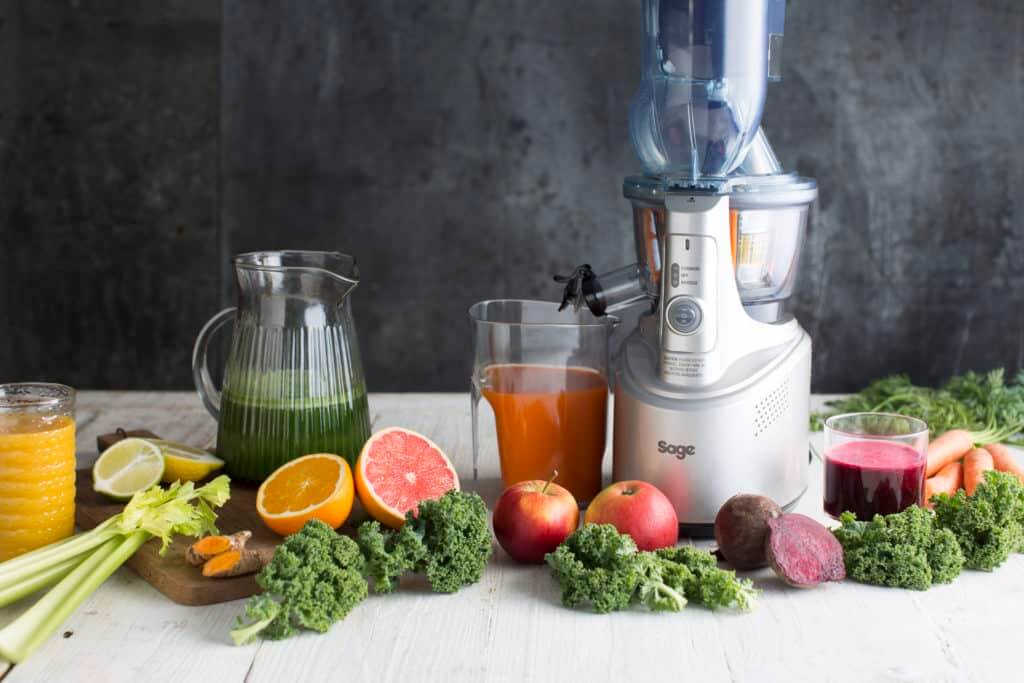
Because you’re going to be consuming the whole fruit or veg, there’s different prep involved: peel and chop any bits you don’t want to drink! To keep it at the right consistency with all that fibrous bulk, you’ll also need to add a liquid medium. Coconut water, fruit juice, dairy or nut milks – this can be whatever you fancy.
Blends may require different thinking to juices, but the effort pays off with some nutritional perks. Consuming the whole fruit or veg rather than just extracting the juice means that you’re getting all of its goodness, and keeping all the fibre makes the drinks quite filling.
Blends also produce a higher yield; you could potentially get several glasses from the same amount of fruit and veg it takes to produce one glass of juice.
The final virtue of a blend is that they’re made in standard blenders which can serve many functions in your kitchen. If you want to create a rich, nourishing drink without buying any extra bits of kit, blends are a good way to go.
Blitz
The highest horsepower option. The mighty blitzing machines that are made specifically to produce drinks can handle just about whatever you chuck at them, including uncooked roots, tough stems, and extras such as nuts, seeds and oats. All you need to do is provide enough liquid to blitz them into.
That flexibility to use up a wide variety of raw fruit and veg is the one vital difference between blitzes and blends. Otherwise, their virtues are very similar: to make a blitz, you’ll need to consider liquids and other additions – but, you’ll enjoy a higher yield, the goodness of the whole fruit, and something more like a meal.
Why organic?
Whether you’re blending, blitzing, or juicing, it’s always best to use organic produce. With organic, you don’t need to worry about pesticides or wax on the skin, but can process the whole fruit or veg – getting all the goodness and flavour without adding any chemical nasties to your drink.

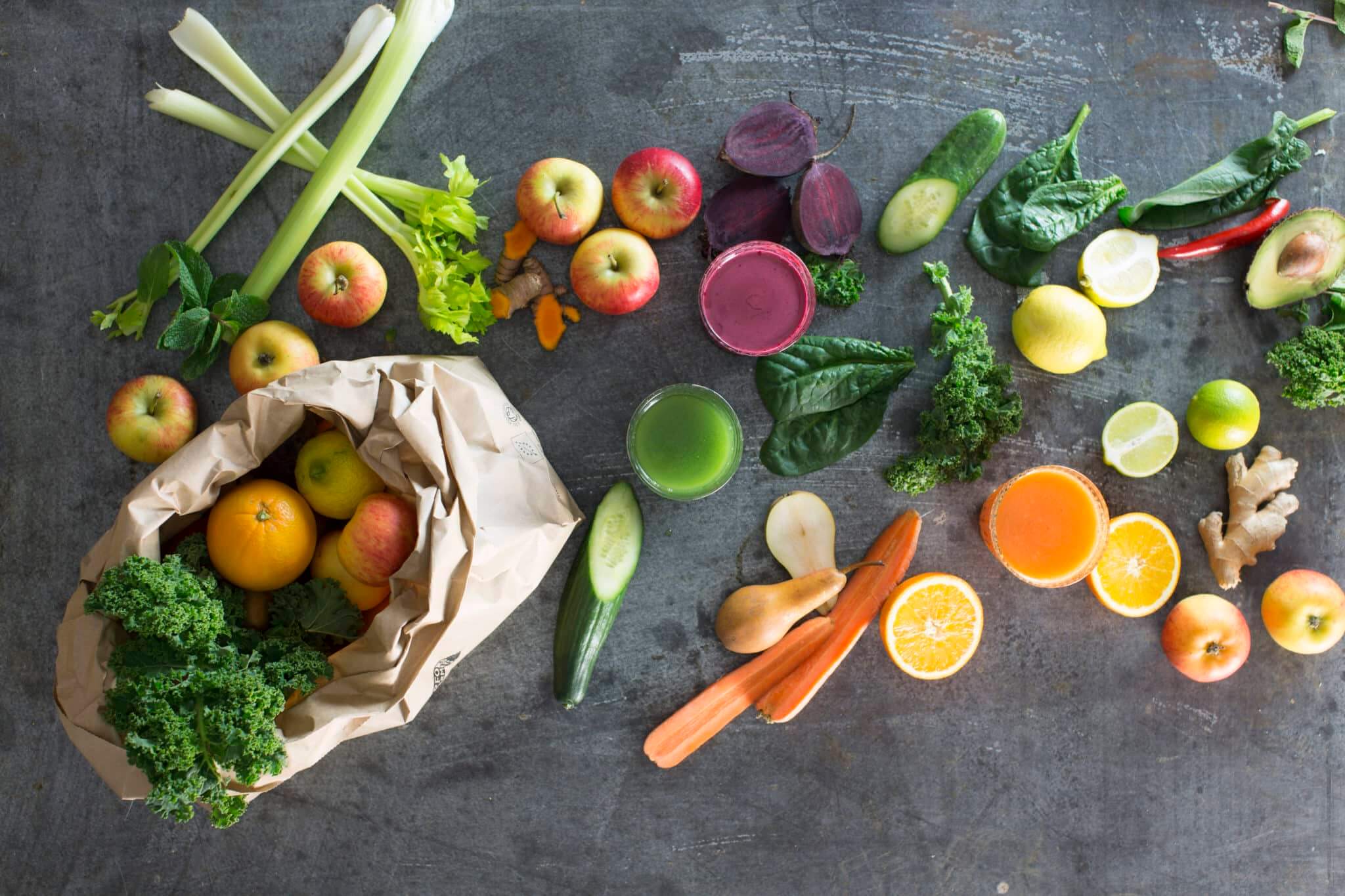
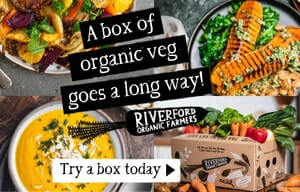
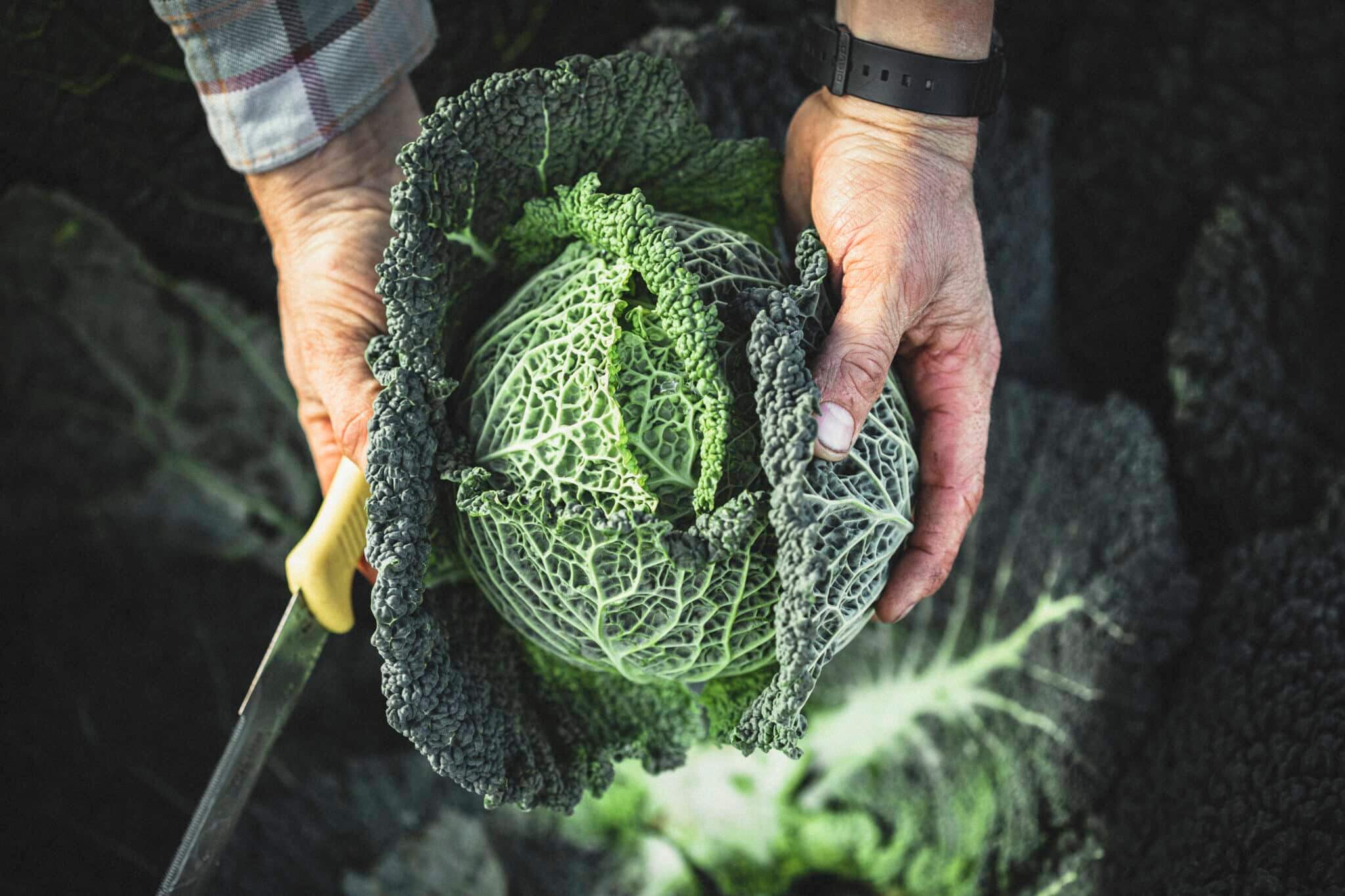

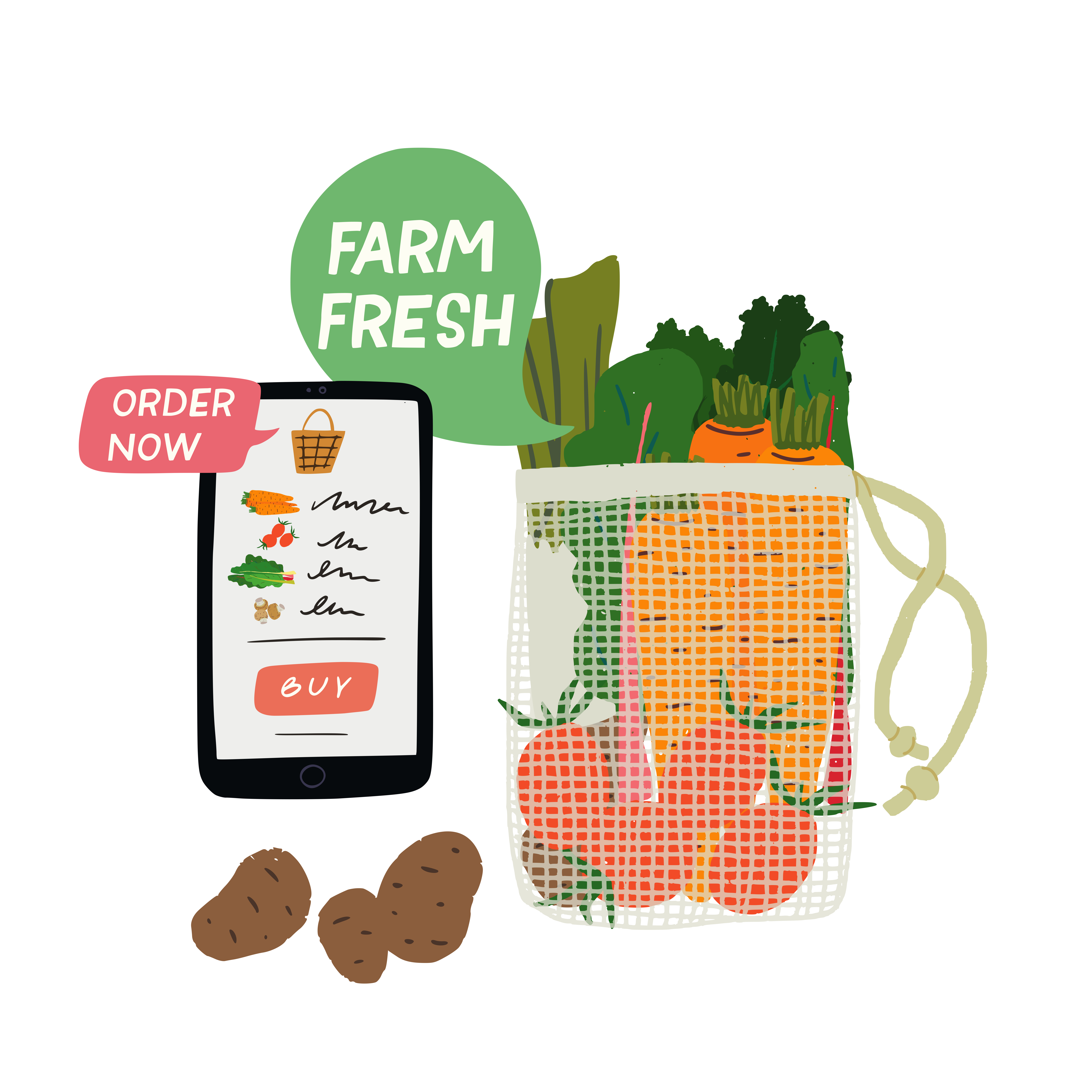




Any suggestions or recommendations for juicers, blenders, or blitzers? I’m having problems finding the latter. On shopping sites. Thanks. mym
I invested in a Magimix power blend, it’s not cheap at £179 but it’s brilliant. Really easy to use, things can be hot or cold, so it crushes ice, fantastic for smooothies and soups etc. It’s brilliant. John Lewis give a 3 yr guarantee
Thank you! I’ll start saving money.